Turtle Census Project 2014 – by Educator Susan Summers
By Virginia Fishes In Virginia FishesIn the early summer of 2014 the Virginia Living Museum continued our census of the basking turtles in the lake. We chose three dates during the summer to conduct this project.
As we did in previous seasons, students learned about turtle identification, biology, behavior and threats to these animals prior to each trapping experience. With the help of the curatorial, herpetology and aquariums departments, students received mini-seminars each session about a different aspect of turtle life.
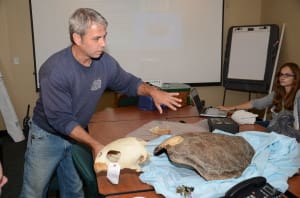

Aquarium curator Chris Crippen gives a lecture on sea turtles, displaying the skeleton of a loggerhead sea turtle.
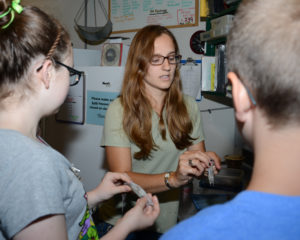

Aquarist Patrycja Lawryniuk shows the kids how to prepare the food for the sea turtle on exhibit.
Students assisted the staff with the retrieval of the traps, removal of the turtles from the traps and data collection. Each basking turtle that was caught was measured, identified and marked. To mark them we filed a small notch into the shell which corresponded to a number code. Once we collected all of the information and determined whether the turtle was a male or female, we released it back into the lake.
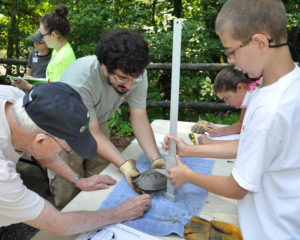

Herpetology curator Travis Land aids in measuring the turtles that were caught.
At the end of the summer we collected 4 red eared sliders (which are non-native to our area), 2 painted turtles and 3 intergrade turtles: a species of yellow bellied slider and red eared slider that have produced offspring which show characteristics of both species. We did on occasion catch snapping turtles in our nets. We removed them safely and quickly, releasing them back into the lake. We did not collect data from those animals.
It was interesting to note the changes from previous years. In 2010 we found that the non-natives were the front-runner in our pond, yet in 2011 we did not find that to be the case (quite the opposite!) and also captured fewer turtles. In 2012 we collected more native species, and more intergrades.
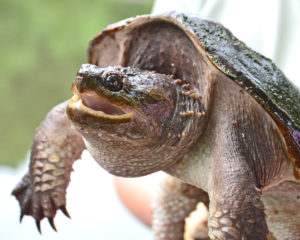

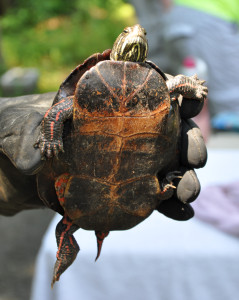

In 2013 we captured and released a total of 18 turtles; the main species we saw being the red eared slider; followed by the native northern red bellied cooter. This season we did not capture a single cooter, and caught less turtles altogether (9).
We still do not have enough information to determine why these fluctuations occur. We are looking forward to working with the students again and discovering more about these turtles!






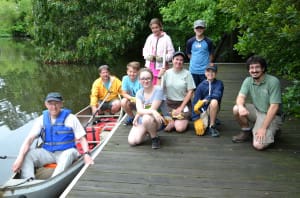
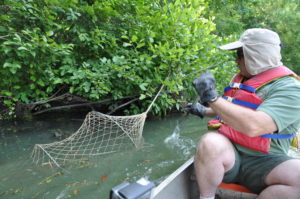
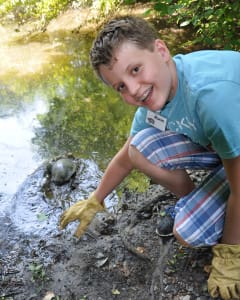
Mariel Chisari
Hello folks!
I need your help. I have two red ear turtles that a friend of mine gave me a couple of years ago, and I am having troubles with enough space for them. I want to see this cute creatures free and happy, and I am looking to see if I can donate them to your organization. Also, a couple months ago, I saved an small one, same specie, from the road. I can’t keep the turtles knowing that they can be free in a lake or a pond. I also read, that if I release them to any lake around here, they can died because they were captive for a long period of time. Sorry for my bad grammar, I hope you can understand my message, and help me out. If there is another organization, please give me the details to contact them as soon as I can. Thank you very much in advance, and have a great day. I will be waiting for your response.
Sincerely,
Mariel (757) 741-2480